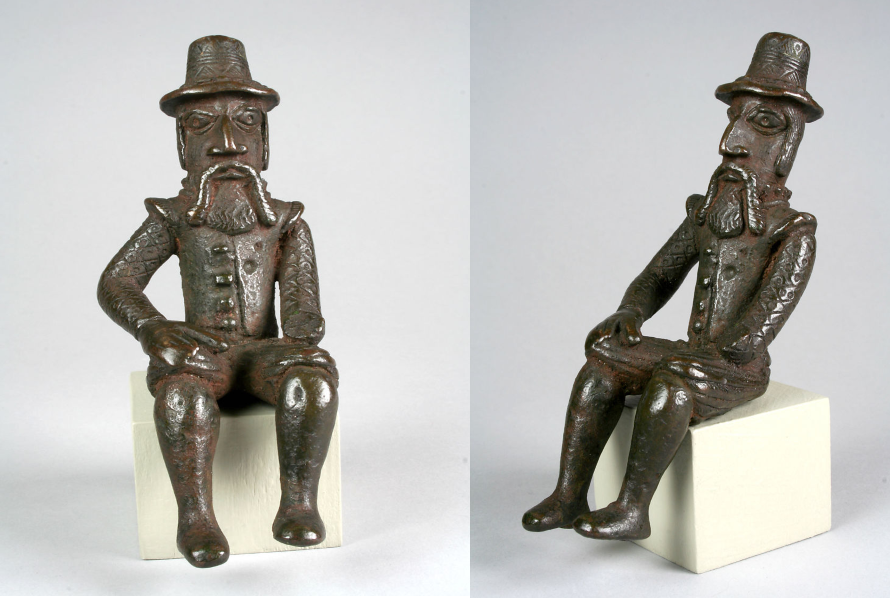
19th century, Angola and D.R.C
chairs made by chokwe sculptors, ornamented with various figures
-brooklynmuseum
-ethnologies museum berlin
#randomxt



chairs made by chokwe sculptors, ornamented with various figures
-brooklynmuseum
-ethnologies museum berlin
#randomxt




the chokwe emerged in the mid 19th century as "one of the most dynamic economic forces in central africa"
initially a periphery group of the Luba kingdom, they grew wealthy exporting various commodities; ivory (their traditional item of trade) as well as rubber and wax
initially a periphery group of the Luba kingdom, they grew wealthy exporting various commodities; ivory (their traditional item of trade) as well as rubber and wax
these chairs are were influenced by the imported ones circulating in the region from the 17th century but took on a more distinctive chokwe style
including miniature genre scenes of ancestral, titled, and ordinary chokwe figures, as well as the occasional foreigner
including miniature genre scenes of ancestral, titled, and ordinary chokwe figures, as well as the occasional foreigner
"rows of figures depict characters and scenes from both everyday and ceremonial life
images of hunting, trade, and domestic activities are juxtaposed with representations of ritual events such as initiation and masquerades"
(British museum, Birmingham museum 👇🏾)

images of hunting, trade, and domestic activities are juxtaposed with representations of ritual events such as initiation and masquerades"
(British museum, Birmingham museum 👇🏾)


quotes and other reading taken from various:
pg 147 of 'The Art of Africa' by Christa Clarke
pg 31 of 'African Art and Leadership' by Douglas Fraser
pg 236-238 of 'The Cambridge History of Africa, Volume 5' by J. D. Fage
books.google.co.ug/books/about/Th…
pg 147 of 'The Art of Africa' by Christa Clarke
pg 31 of 'African Art and Leadership' by Douglas Fraser
pg 236-238 of 'The Cambridge History of Africa, Volume 5' by J. D. Fage
books.google.co.ug/books/about/Th…
• • •
Missing some Tweet in this thread? You can try to
force a refresh



















